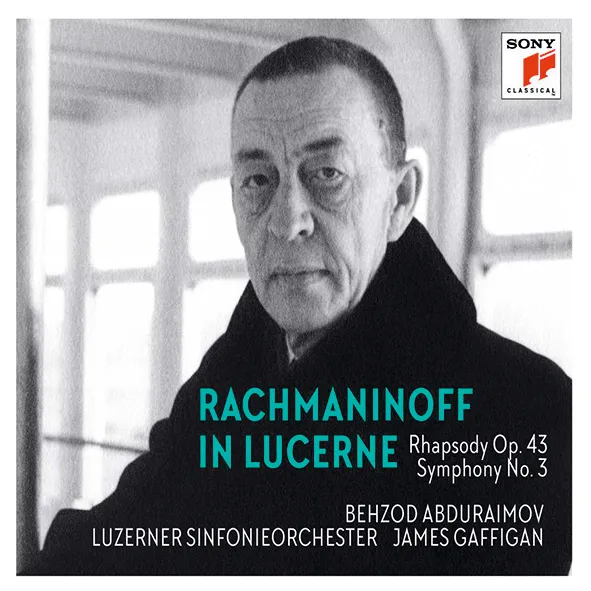
Rachmaninov Rachmaninov in Lucerne – Rhapsody on a Theme of Paganini, Op. 43; Symphony No. 3 in A minor, Op. 44; Lullaby, Op. 16 No. 1 Behzod Abduraimov (piano); Lucerne Symphony Orchestra/James Gaffigan Sony Classical 19075981622 69.23 mins
The chief attraction of this luxuriously-packaged recording is the opportunity to experience the Rhapsody on a Theme of Paganini with the Steinway piano on which Rachmaninov composed the work at the Villa Senar on Lake Lucerne in 1934. As far as I can gather, this piano has an extended frame affording the interpreter a richer tonal palette and greater dynamic range than on most other concert grands. Behzod Abduraimov obviously relishes playing the instrument, producing a wonderfully sumptuous account of the Lullaby, Op. 16 No. 1 which acts as a delightful bonus to the whole programme. He also cuts a dash with a technically brilliant performance of the Rhapsody that really sizzles with excitement in the increasingly demonic variations that close the work. Despite its formidable size, balance between the piano and orchestra is admirably clear with conductor James Gaffigan highlighting lots of interesting and unexpected details in the orchestral accompaniment, such as the more restrained dynamic for the initial string entry in the famous Variation 18 which is marked mezzo forte rather than blasted out as happens on so many other recordings.
In the last resort, however, Abduraimov and Gaffigan are not quite as imaginative in encompassing the astonishing variety of emotions of the Rhapsody as Daniil Trifonov and Yannick Nézet-Seguin in their blistering recent account on Deutsche Grammophon. And although there are many poetic moments in Gaffigan’s decently-played account of the Third Symphony, the first movement in particular requires a far more fluid approach to tempo to really come alive. This is particularly crucial in the menacing and anguished development section which here is bereft of forward momentum and urgency. Erik Levi